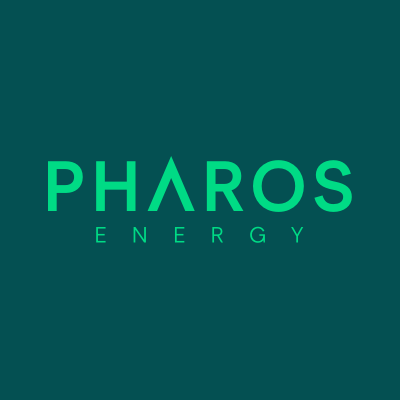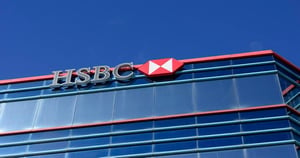In a move that surprised many, oil prices surged despite OPEC+ announcing a third consecutive monthly production increase of 411,000 barrels per day for July. This decision, aligning with prior hikes, was anticipated by markets, yet prices climbed as traders reacted to the broader geopolitical and economic landscape.
Brent crude futures rose to $64.12 per barrel, while U.S. West Texas Intermediate reached $62.31. The market’s response suggests that the production increase had been largely priced in, and attention has shifted to other factors influencing oil prices.
OPEC+’s strategy appears twofold: to regain market share and to enforce discipline among member countries that have exceeded production quotas, notably Iraq and Kazakhstan. Kazakhstan’s recent declaration of its intent not to reduce output underscores the challenges within the alliance.
Meanwhile, U.S. oil production, which hit a record high in March, is showing signs of strain. The number of active U.S. oil rigs has declined for five consecutive weeks, reaching the lowest level since November 2021. This trend, coupled with low fuel inventories and expectations of a robust summer demand, adds upward pressure on oil prices.
Geopolitical tensions further complicate the outlook. Renewed trade disputes between the U.S. and China, along with ongoing conflicts in Eastern Europe, have heightened market volatility. These factors contribute to a complex environment where oil prices are influenced by a confluence of supply decisions, production dynamics, and geopolitical developments.
While OPEC+’s consistent production increases aim to stabilise the market and enforce compliance among members, external factors such as U.S. production trends and geopolitical tensions play a significant role in shaping oil prices. Investors should remain vigilant, as the interplay of these elements continues to influence the energy sector’s trajectory.
Pharos Energy Plc (LON:PHAR) is an independent energy company with a focus on delivering long-term sustainable value for all stakeholders through regular cash returns and organic growth, underpinned by a robust cash flow and resilient balance sheet.


































